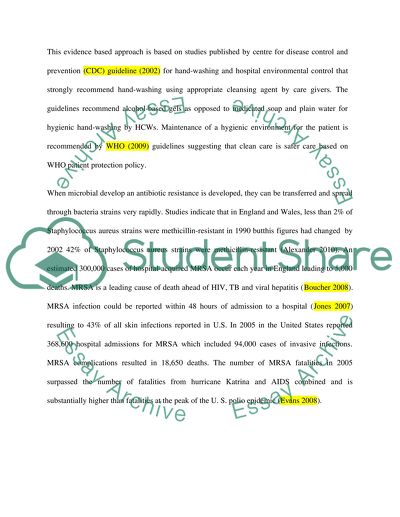Cite this document
(“Evidence based approach on hand washing by nurses Essay”, n.d.)
Retrieved from https://studentshare.org/nursing/1403633-writing-a-report-outlining-the-future-direction-of
Retrieved from https://studentshare.org/nursing/1403633-writing-a-report-outlining-the-future-direction-of
(Evidence Based Approach on Hand Washing by Nurses Essay)
https://studentshare.org/nursing/1403633-writing-a-report-outlining-the-future-direction-of.
https://studentshare.org/nursing/1403633-writing-a-report-outlining-the-future-direction-of.
“Evidence Based Approach on Hand Washing by Nurses Essay”, n.d. https://studentshare.org/nursing/1403633-writing-a-report-outlining-the-future-direction-of.


